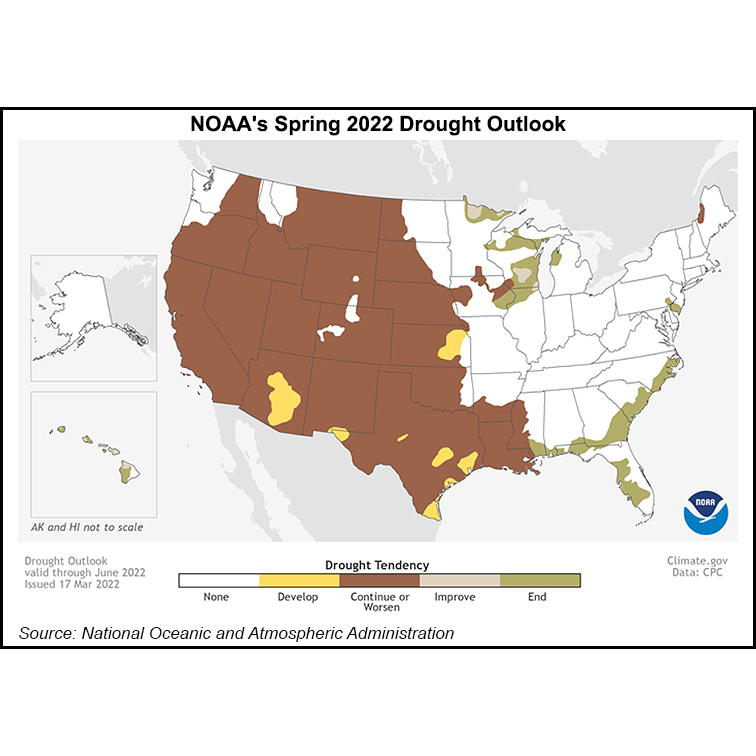E&P | NGI All News Access | NGI The Weekly Gas Market Report
Lower 48 Natural Gas Producers, Consumers Could Feel Pinch from Spring Drought
© 2024 Natural Gas Intelligence. All rights reserved.
ISSN © 1532-1231 | ISSN © 2577-9877 | ISSN © 1532-1266 |



